Retro Replay Review
Gameplay
Third World War delivers a rich, turn-based strategic sandbox that lets you steer one of 16 global powers toward world domination. At its core, the game challenges you to balance military conquest with subtler levers of influence—everything from diplomatic treaties and trade investments to covert operations and media propaganda. This multifaceted approach gives each decision weight, as even a minor miscalculation in funding a foreign insurgency or overextending your armed forces can tip the global balance against you.
The five distinct scenarios serve as unique playgrounds for different styles of play. One scenario may spotlight an arms race in Central Europe, while another plunges you into the chaotic aftermath of a fragmented superpower. These varied setups force you to reexamine familiar tactics: diplomacy that worked in one region could backfire in another, and a once-foolproof tactic—such as flooding rival economies with cheap imports—can quickly be shut down by an unexpected alliance.
Complexity is undoubtedly one of Third World War’s greatest strengths, but it comes with a learning curve. The user interface prioritizes data and statistics, offering detailed breakdowns of troop movements, budget allocations, and public opinion. Veteran strategy gamers will revel in the depth, but newcomers might find the initial flood of numbers and menus daunting. Fortunately, an in-depth tutorial and scenario-specific hints gradually ease players into the game’s many interconnected systems.
Graphics
While Third World War doesn’t boast cutting-edge 3D models, its 2D world map and unit icons are functional and clear. The isometric view provides a broad strategic overview, allowing you to zoom in on hotspots to see troop formations and terrain effects at a glance. Animations are minimal—troops migrate across borders via simple path lines—but they effectively convey the scale and stakes of your campaigns.
The color palette leans toward muted tones, reflecting the game’s grim premise of geopolitical tension. Borders, resource zones, and influence spheres are color-coded for quick reference, ensuring you always know which nations sit on your doorstep—friendly or hostile. Although the visual style may feel dated to some, it serves the gameplay well by keeping critical information front and center without flashy distractions.
Performance is smooth even when the map gets crowded with dozens of units and overlays. Load times remain reasonable, and the game runs steadily on a range of hardware. There are occasional pauses during the end-of-turn calculations, especially in late-game scenarios with extensive diplomatic ties and economic networks, but these moments are brief enough not to interrupt the flow of play.
Story
Third World War embraces its “what if” premise by crafting a narrative framework around five hypothetical flashpoints. Each scenario opens with a concise briefing that sketches the geopolitical tinderbox you’re about to ignite—be it resource wars in Africa or covert confrontations in Southeast Asia. These introductions set the stage but never constrain your decisions; you’re free to rewrite history however you see fit.
Although there’s no central campaign storyline with scripted cutscenes, emergent narratives arise from your actions and those of rival AI leaders. Supporting a civil uprising in one nation might spark a refugee crisis elsewhere, triggering a domino effect of alliances and betrayals. These organically generated tales of triumph and disaster can be more compelling than a linear plot, as every playthrough yields fresh drama.
Text-based event cards punctuate the overarching framework, presenting dramatic scenarios—such as a military coup, a sudden oil embargo, or a popular media scandal—that demand immediate attention. The outcomes hinge on your resources and relationships, reinforcing the sense that in Third World War, information can be as potent a weapon as tanks or missiles.
Overall Experience
Third World War stands out as a deep and challenging grand-strategy experience that captures the complexity of late 20th-century global politics. Its blend of military maneuvers, economic planning, espionage, and media influence creates a layered gameplay loop that rewards thoughtful planning and adaptability. For players who relish multi-pronged strategic challenges, this game offers virtually limitless replayability.
At the same time, the steep learning curve and reliance on dense data screens may deter those looking for a more streamlined or visually spectacular experience. If you’re new to the genre, expect to spend several hours grappling with the interface and core mechanics before feeling fully in control. However, for dedicated strategists, overcoming that initial hurdle is part of the appeal.
In sum, Third World War is an engrossing title for anyone fascinated by the interplay of diplomacy, economics, and warfare on a global stage. It delivers a sandbox of historical “what if” scenarios that encourage creative problem-solving and reward long-term planning. While its presentation is utilitarian, the depth of its systems ensures that each conquest—whether by gun, gold, or guile—feels uniquely earned.
 Retro Replay Retro Replay gaming reviews, news, emulation, geek stuff and more!
Retro Replay Retro Replay gaming reviews, news, emulation, geek stuff and more!
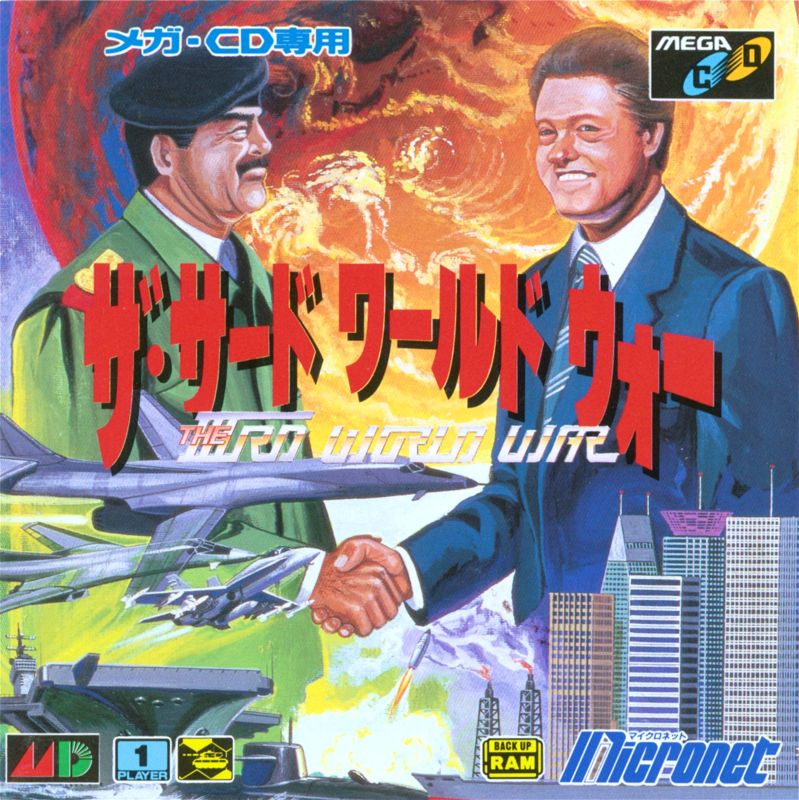
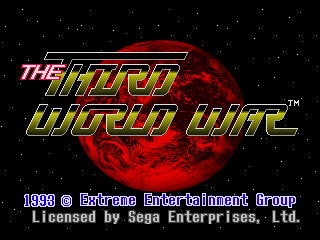
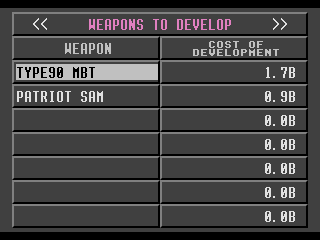
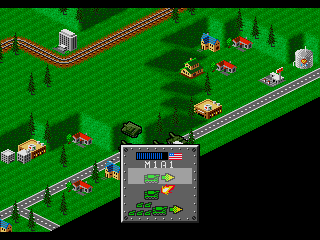
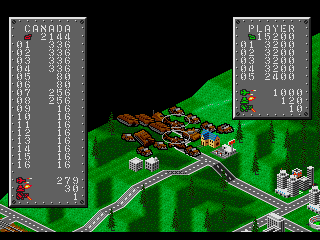
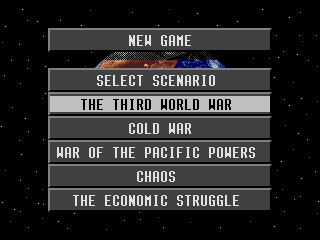



Reviews
There are no reviews yet.